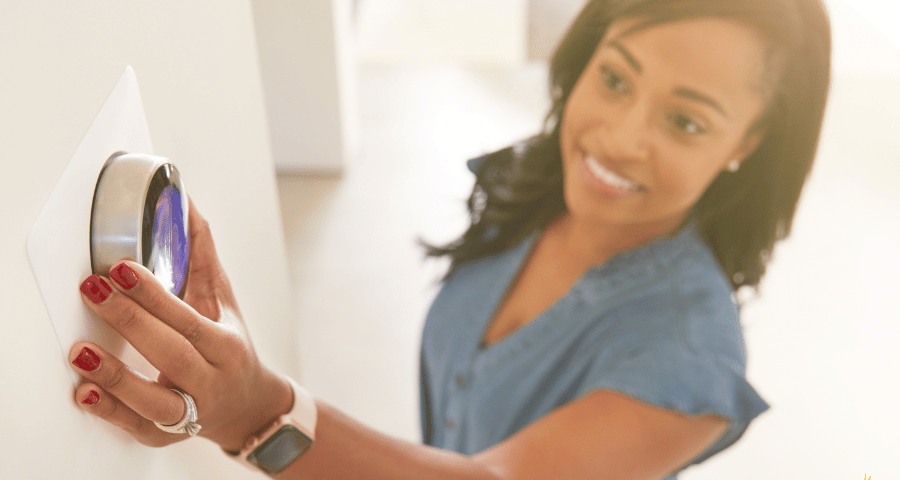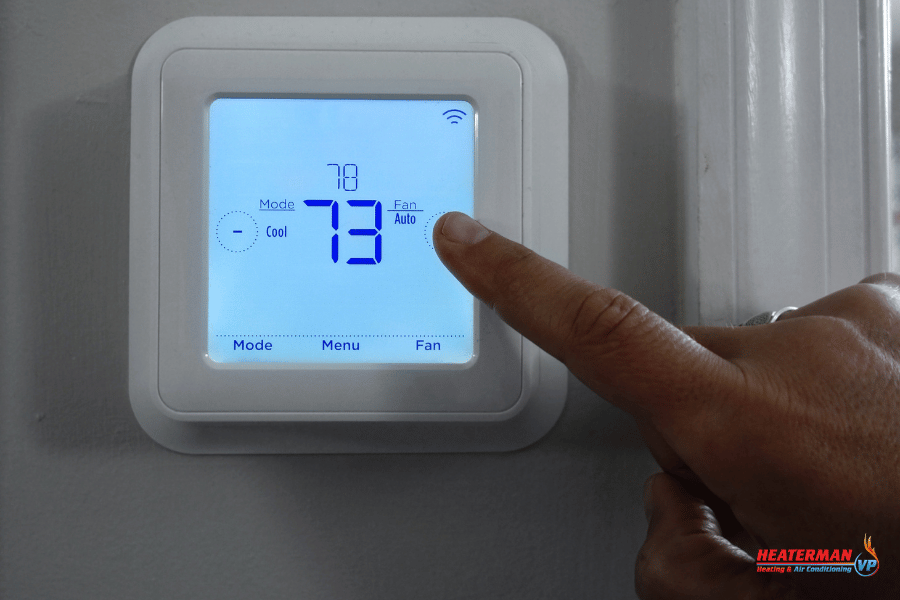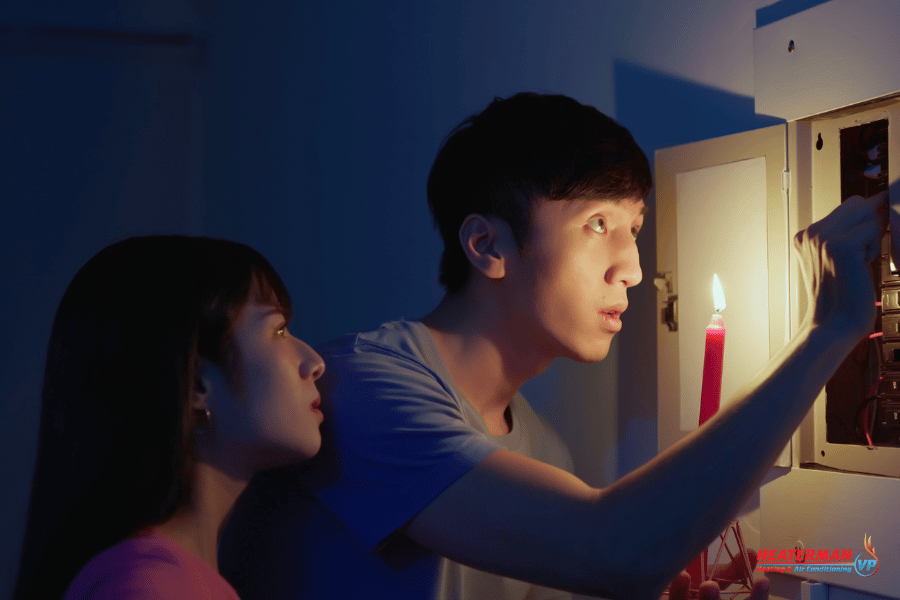
Is Your Thermostat in the Wrong Place? How Placement Affects Summer Comfort
You’ve invested in a good thermostat, set the perfect temperature — and still, your home doesn’t feel quite right. The issue could be thermostat placement.
Surprisingly, where your thermostat is located can have a huge impact on your HVAC system’s performance, especially during the summer.
Let’s break down how thermostat placement affects your comfort and energy efficiency, and how to get it right in your Suffolk County home.
Why Thermostat Placement Matters
Your thermostat reads the temperature of the area around it to control your AC system. If it's located in a spot that doesn’t reflect your home’s true average temperature, it may:
- Turn the system on or off too early
- Cause uneven cooling
- Drive up energy bills
Common Thermostat Placement Mistakes
Too Close to Windows or Doors: These areas are prone to drafts and heat gain from the sun, leading to inaccurate readings.
Near Heat-Producing Appliances: Avoid kitchens, laundry rooms, and direct sunlight.
In Hallways or Near Vents: These areas may be cooler or warmer than main living spaces, causing the system to cycle incorrectly.
Best Places to Install a Thermostat
- Interior walls, away from direct sunlight
- Central location (like a living room or main hallway with average airflow)
- At eye level (about 5 feet off the ground)
- Away from vents, doors, windows, and appliances
How Bad Placement Affects Summer Comfort
If your thermostat thinks it’s cooler than it is, it may not run the AC long enough — leaving your home too warm.
If it’s in a hot area, it could overcool your home, causing discomfort, short cycling, and higher bills.
Smart Thermostats Still Need Proper Placement
Even the smartest thermostat can’t fix poor placement. If you're upgrading to a smart device, make sure the installation spot gives it an accurate reading of your home's average temperature.
Bonus Tip: Use Zoned Cooling or Multiple Thermostats
For larger homes or homes with inconsistent temperature zones, consider zoned systems or multiple thermostats to optimize comfort in every area.
Explore Cooling Services
Schedule an HVAC Evaluation
Did You Know? Incorrect thermostat placement can increase your HVAC energy use by up to 10% in summer.
FAQs
Q: Can I move my thermostat myself?
A: We recommend hiring a licensed HVAC technician or electrician to avoid wiring mistakes.
Q: Where should I avoid placing my thermostat?
A: Avoid windows, kitchens, direct sunlight, vents, and exterior walls.
Q: What if my home has hot and cold spots?
A: You may benefit from zoned cooling or a ductless mini split system.
Q: Will a smart thermostat fix comfort issues?
A: Only if it’s properly placed. Otherwise, it can still misread room temperature.
Thinking about upgrading to a smart thermostat?
Visit our Smart Thermostat Installation in Suffolk County page to learn how our team can help you improve comfort and efficiency with expert placement and setup.




